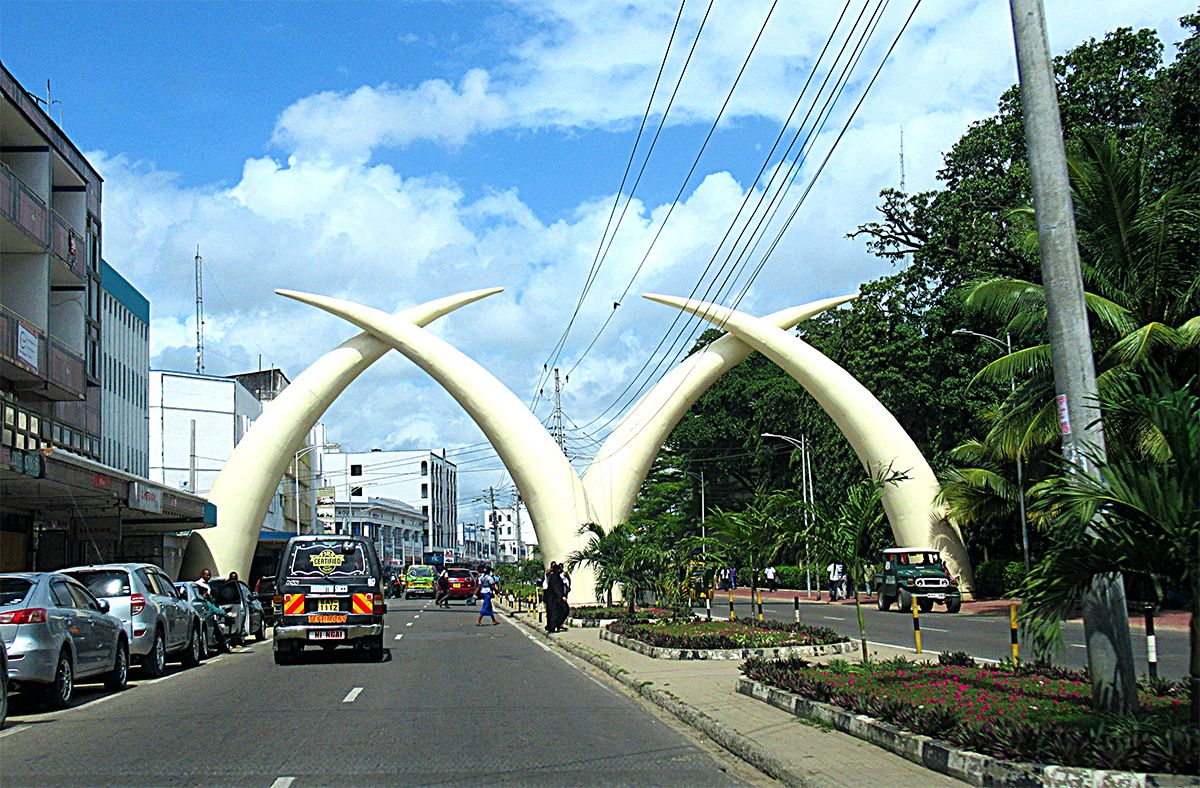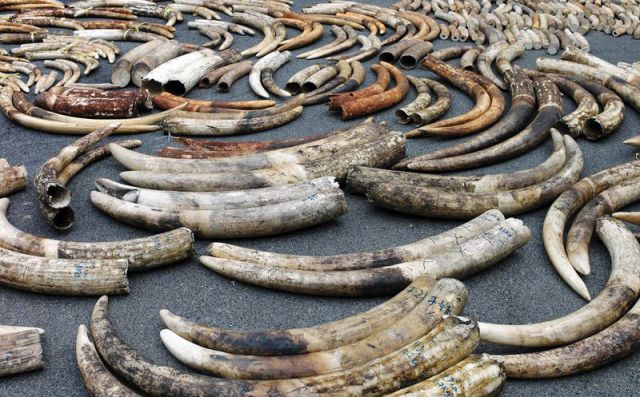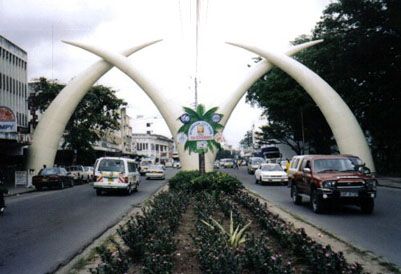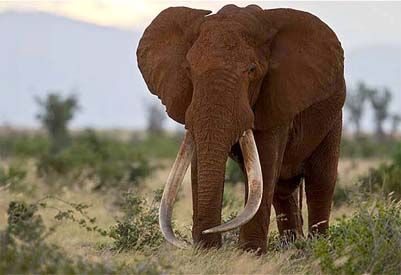
KENYA COAST
10-07-2019 by redazione

Mombasa is certainly the oldest city in Kenya and one of the historic ports of East Africa. The other ports mentioned in the tenth century AD by the first navigators, are now ruins of cities (such as Kilwa in Tanzania or Sofala in Mozambique) or have remained minor settlements.
Like any city that has centuries of history, Mombasa has its symbols: the most famous is undoubtedly Fort Jesus, the fortress built by the Portuguese and repeatedly attacked and passed from hand to hand, during more than a hundred years of wars between Lusitans and Arabs.
The iconographic symbol of Mombasa, however, has no deep roots in the history of the city-island, but its origins are relatively recent, dating back to 1952.
These are the famous aluminium tusks that overlook the central artery of the city: four elephant tusks with a white colour reminiscent of ivory, positioned to cross and compose as many arches in the two lanes of Moi Avenue (once Kilindini Road).
The two iconic fangs (Mapembe ya Ndovu) were erected in honour of Queen Elizabeth's visit to the city, who stayed at the Mombasa Yachting Club.
Originally the tusks were made of wood and were erected precisely because it was known that the British Sovereign would pass from that road to go from the airport of Mombasa to the residence on the sea. The idea was to remove them when the queen would return home, but given the proximity of the Uhuru Park, a place of recreation for citizens, the fangs became almost an attraction.
Not only that: many travel agencies and merchants began to associate their activities to the two tusks, as a symbol of Mombasa, rather than using Fort Jesus, the swahili historiated gates, the dhows or some Portuguese or Indian palace of the old city.
So it was that in 1956 the Municipality decided to rebuild them even more imposing, using aluminum that would have more easily resisted the heat and rain.
So much so that, with some seasonal painting, the fangs are still there to camp in the heart of the city and today, in addition to catalogs for travelers, stamps and digital images, welcome the selfies of tourists from around the world and remember that Kenya is the country of wildlife and savannah, which is just over a hundred kilometers from Mombasa itself.
WILDLIFE
by redazione

African elephants are starting to be born without tusks, as a genetic protection to avoid being killed by...

The last seizure took place yesterday in Vietnam, a hundred pounds of rhino horns from Kenya, reports the sad topicality smuggling related to protected species of the African savannah.
The battle against poachers who kill elephants also proceeds with encouraging...

Today's Song of Kenya, Friday 18 December, is a modulated and subdued dirge that...
FLIGHTS
by redazione

Amareitalia, a brand of Sostravel.com, which entered the Kenya destination with the exclusive...
NEWS
by redazione

It is a great day for Kenyan marine archaeology.
In Malindi, three experts from Italian seabed arrived at Malindi: Sebastiano Tusa, the Superintendent of the Sea of Sicily, and his two collaborators Claudio Di Franco and Fabio Di Iorio.
NEWS
by redazione

The sadness is deep for fans of the savannah that after so many safari, had learned to recognize it.
Satao II, one of the few remaining elephants by the giant tusks in Kenya, the "big tuskers" (estimated there would be no...

They were probably well hidden for some time, because since the beginning of the year in...
AFRICAN WILDLIFE
by Freddie del Curatolo

Even Google has celebrated the legend of Ahmed, the glorious elephant considered to be the...

The capital of East Africa in the past times, one of the most important harbours of the whole continent is, actually, an island-city, connected with north east through a bridge, with south west through Likoni ferries and with its hinterland...
STORIES
by Freddie del Curatolo

Many of those who know the history of Kenya are convinced that Christianity was brought ...
POACHERS
by redazione

Wide Satao, the legendary elephant of over forty years, known by the rangers, by expert guides and Tsavo East enthusiastic visitors for its huge, incredible fangs, was saved from the clutches of poachers and brought to life after a series...

Seven new cases of Covid19 registered in the last 24 hours in Kenya bring the total number of ...